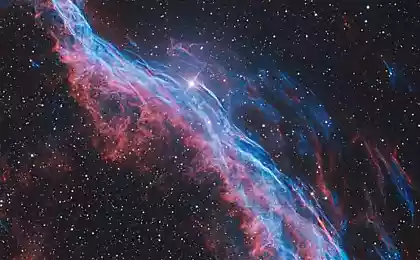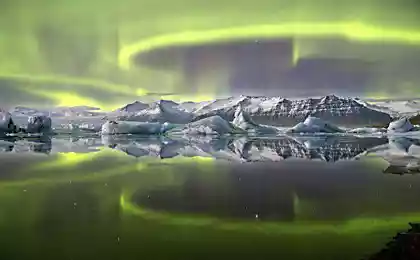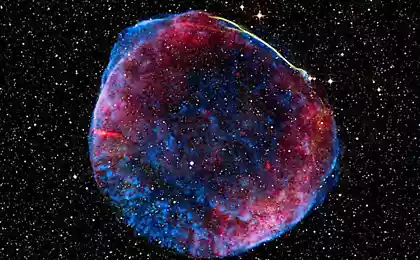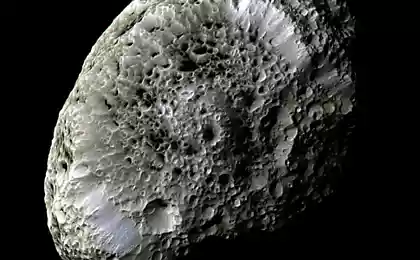966
Photographed the reflection nebula M78
Marat Gizatulin - Photographed reflection nebula M78 in the constellation Orion
2 photos are clickable. Source.

Addition of 16 frames of 300 seconds, the total exposure time: 1 hour 20 minutes, ISO 800, full calibration in IRIS, in addition FitStacker, color correction and levels in Photoshop. Newton Reflector BKP2501 to mount NEQ6Pro, coma corrector MPCC, Canon 60Da. Guiding through the camera finder SkyWatcher QHY5L II program MaximDL.
This place I photographed in the astronomical observatory ISON-Kislovodsk. In Moscow withdraw really worked. Not worked that same cosmic dust. It is very difficult in the face of strong urban illumination to photograph black on black.
So, we meet! Reflection nebula emission Messe78, remote from us at 1,350 light years. It is a large molecular cloud in the constellation Orion. In fact, where the nebula "Horsehead" and "Flame". Cool young stars can not warm up their surrounding gas and dust matter that simply dissipates their ultraviolet light, glowing blue in the picture.
Ten days later, again the food with the telescope in the Caucasus. I'll try to reshoot the horse's head. But my assembly in narrow-band filters from February this year.

2 photos are clickable. Source.

Addition of 16 frames of 300 seconds, the total exposure time: 1 hour 20 minutes, ISO 800, full calibration in IRIS, in addition FitStacker, color correction and levels in Photoshop. Newton Reflector BKP2501 to mount NEQ6Pro, coma corrector MPCC, Canon 60Da. Guiding through the camera finder SkyWatcher QHY5L II program MaximDL.
This place I photographed in the astronomical observatory ISON-Kislovodsk. In Moscow withdraw really worked. Not worked that same cosmic dust. It is very difficult in the face of strong urban illumination to photograph black on black.
So, we meet! Reflection nebula emission Messe78, remote from us at 1,350 light years. It is a large molecular cloud in the constellation Orion. In fact, where the nebula "Horsehead" and "Flame". Cool young stars can not warm up their surrounding gas and dust matter that simply dissipates their ultraviolet light, glowing blue in the picture.
Ten days later, again the food with the telescope in the Caucasus. I'll try to reshoot the horse's head. But my assembly in narrow-band filters from February this year.
























